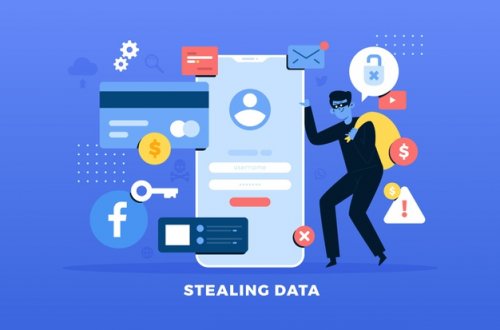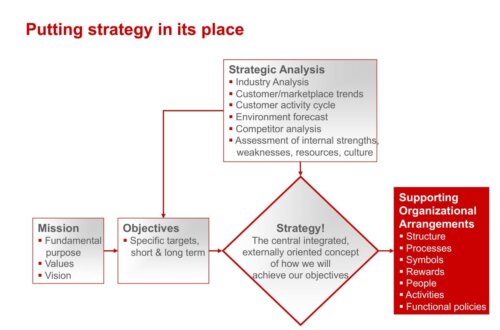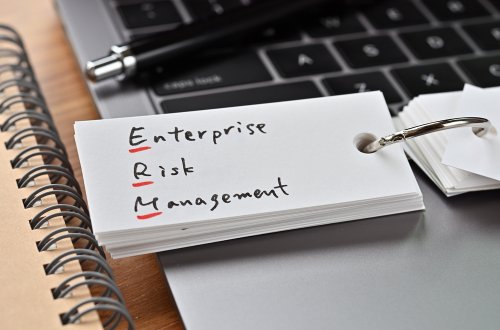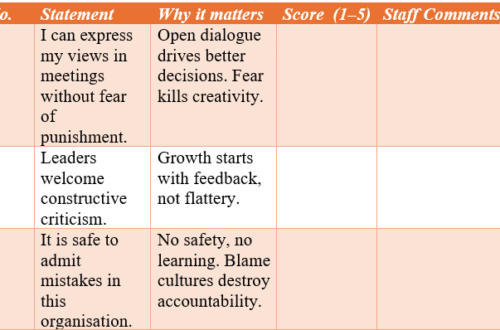Some leaders do not need to introduce themselves. Their work does it for them; quietly, consistently, and unmistakably.Prof. Moses Kamya, Executive Director of the Infectious Diseases Research Collaboration (IDRC), is such a leader. A man whose global exposure, academic excellence, and unmatched professional stature could easily have created distance, yet he chooses a different path. He listens. He empowers. He creates room for young professionals and local consultants to shine. That is the mark of true leadership, confidence without arrogance, authority without intimidation, and brilliance without noise.In 2019, I had the privilege of working with IDRC on Strategy and Enterprise-Wide…
Who I am, and why I am uncomfortable in strategy retreats
I learned long ago that strategy retreats are the corporate equivalent of a well-lit comedy room. Everyone enters with optimism, speaks with measured confidence, and leaves with a perfectly framed set of commitments that die within weeks. I do not get uncomfortable because retreats are bad. I get uncomfortable because retreats are dishonest, not maliciously dishonest, but structurally dishonest. They reward posture over truth, comfort over clarity, and performance over leadership. The first time I realised this, I was facilitating a retreat for a large public-sector organisation. The room was beautiful. The banners were crisp. The participants were seniors. But…
Why culture fails long before strategy does
I have spent enough time in boardrooms, ministries, parastatals, universities, banks, and family-owned businesses to see one uncomfortable truth: organizations rarely fail because the strategy was weak. They fail because the culture quietly revolted. Culture never shouts; it whispers through daily frustrations, subtle, persistent, corrosive. By the time the board sees the smoke, the house has already burned from the inside. Let me take you to a real frontline moment. I once walked into an institution where every department seemed busy, yet nothing moved. Staff were “waiting for approval.” A junior officer confessed to me,” Sir, even if I have…
The AI Use-Case Maturity Map: A Strategic governance tool for modern Boards
Artificial intelligence is no longer a distant concept but actively redefining business models, reshaping competitive landscapes, and setting new expectations for efficiency, customer experience, and innovation. Yet, despite AI’s growing influence, many boards remain on the margins of meaningful conversations about its adoption. Across industries, directors frequently encounter a recurring pattern: AI projects that promise the world but deliver little, critical initiatives delayed due to fear, confusion, or poor communication, and Massive budgets are approved without a clear understanding of value, risk, or alignment to strategy. This disconnect is not due to a lack of intelligence or diligence among directors.…
Building the future by digitizing the trust Ugandans already live by
Every meaningful Ugandan story starts in the same place: with people. When challenges arise, Ugandans do not sprint to institutions or formal systems. Instead, they turn to each other, to neighbours, prayer groups, clan networks, and community circles that have quietly held this country together for generations. Long before mobile apps and banking halls, Uganda’s true financial system lived in villages, churches, WhatsApp groups, and family gatherings. It lived in the way people mobilised for funerals, celebrated births, and supported one another through illness, school fees, and emergencies. It lived in the trust that binds communities together. Growing up in…
How boards communicate a vision that inspires action
In one board retreat I facilitated, a chairman proudly unveiled the new “vision statement.” It was poetic: “to be the leading financial institution transforming lives across Africa.” When he finished, silence filled the room. The directors nodded politely. No one felt it. No one could act on it. Why? Because it inspired applause, not action. Boards do not exist to craft elegant sentences, but they exist to set direction that mobilises belief. Vision is not what hangs in the lobby. It is what shapes daily decisions at the lowest level of the organisation. The real test of vision is not…

























